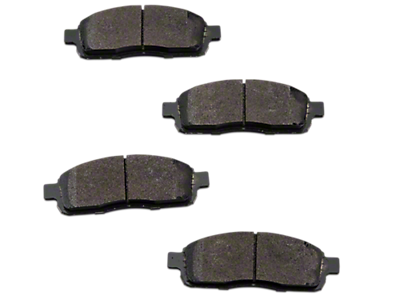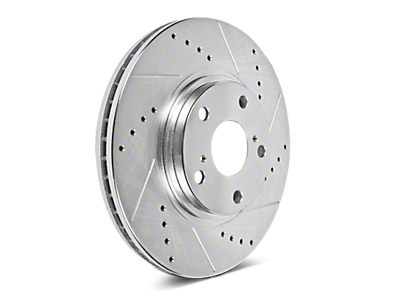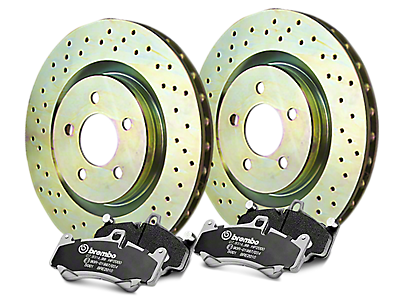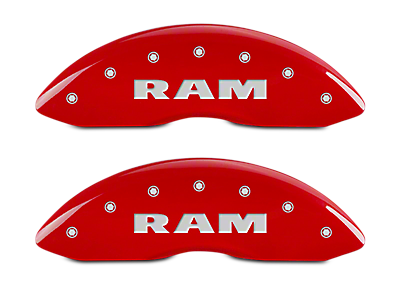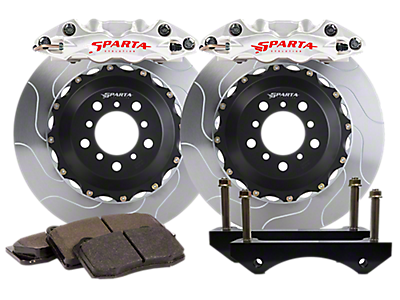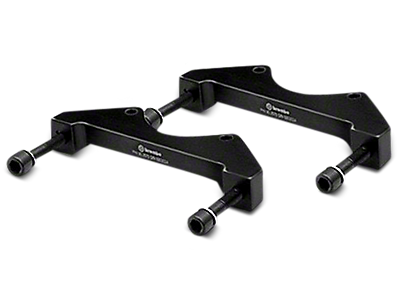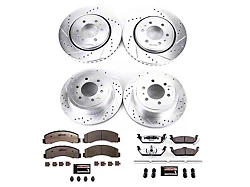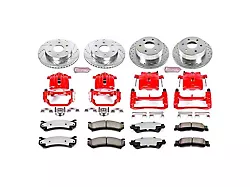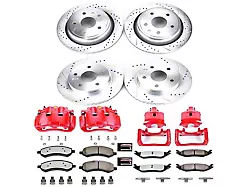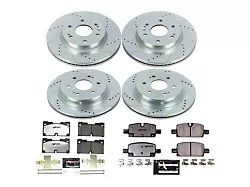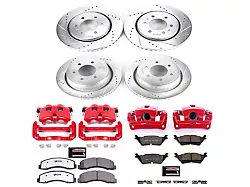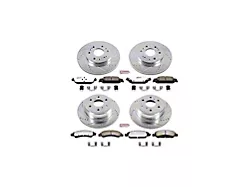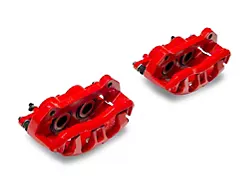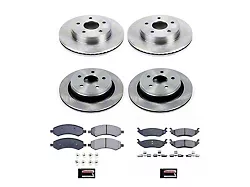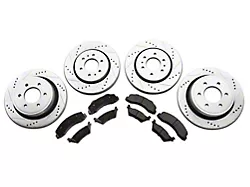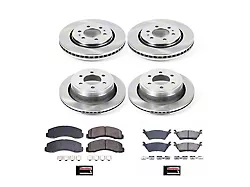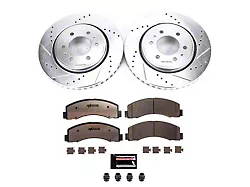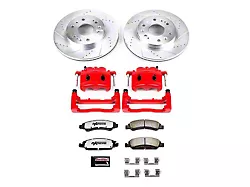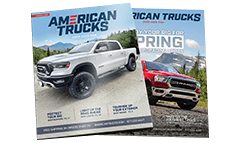Ram 1500 Brakes Explained: Drums
Drum brakes are sort of obsolete. As a primary braking system they have seen their day, but drum brakes are still used in some situations. If your Ram was born in the early 2000s, you may find these on the rear of your truck. The basic principles of these units aren’t far off from that of disc brakes as they both use friction to slow the vehicle. The way they do it is where you will find major variations.
Drum brakes use a drum with shoes on the inside that push on the outer edges to bring the vehicle to a stop. Aside from trapping all of the brake dust inside the drum with the moving parts, they have many flaws. The most concerning one is they don’t do a good job at actually sopping a full size Ram. This is why you will find them at the rear of the truck as opposed to all around. Remember: most of your braking force comes from the front set of brakes.
They also double as the parking brake when they are used in the back. Aside from the sound of a worn out drum or worn brake shoes, you want to keep an eye on the wheel cylinder. The wheel cylinder uses hydraulic pressure to push outward on the brake shoes when braking. The problem is this is a common area to spring a leak and we all know the results of a leaky brake system.
The good news is drum brakes are very affordable and easy to replace. You likely won’t be changing the rear brakes all that often as they are only responsible for minimal braking. When you’re performing repairs, it’s always a good idea to replace the wheel cylinder. Not to mention drum brakes are a pain to work on, so if you just replace the shoes and drum only to find you have to tear it all back apart for a busted wheel cylinder, you’ll be pretty agitated.
Ram Drum Brakes Breakdown
- Found on earlier model Rams as the primary rear brake system
- Use outward braking force on inside of drum to slow vehicle wheel speed
- Wheel cylinder is a weak point to be replaced as drums are rebuilt
Ram 1500 Brakes Explained: Discs
Discs brakes are what you are going to find on all four corners of your Ram if it’s a newer model. Specifically speaking, Rams could arrive fitted with disc brakes on all four corners starting with the third generation (2002-2008). But since then, four-wheel disc brakes have become standard equipment for late model Ram Trucks. Disc brakes are easy to understand and easy to work on. Not just that – they are far superior to their precursor counterpart: drum brakes.
Disc brakes work by using pistons to press brake pads in a clamping motion on the rotor. In the front of your Ram you will likely find two pistons doing the work while the rear only relies on one. This is because the front is responsible for most of the braking.
When it comes to the diagnosis, disc brakes are also easier to work with as you can simply take a close look for any signs of excessive wear. If the rotor or the pads are worn down you won’t have to rely on the feel or sound - you can simply look for grooves on the rotor or worn down pads without having to take anything apart.
When performing a brake job, it’s easy to only replace the pads and rotors and be done with it. One massively important step that is easily overlooked is taking the extra time to lubricate the sliding pins the calipers rely on to aid with the clamping force. Debris easily builds up here and heat causes the grease to dry up. When this happens the pins can lock up. If they do, you’re in for a bad time.
Ram 1500 Disc Brake Breakdown:
- Primary braking system for the front of all modern Ram trucks
- Found on all four corners of late model Ram trucks
- Use clamping force on brake rotor to slow wheel speed
- Upon pad and rotor replacement sliding pins should be inspected and lubricated to ensure proper function
Ram 1500 Parking Brake
Drum brakes may not be good for the primary braking system of modern vehicles, but they still have their place among Ram trucks. Your parking brake, or emergency brake, is a mechanical brake system used for taking the load off the transmission as the truck sits, or as a backup if something goes terribly wrong. At the rear of the vehicle, the rotor doubles as the rotor for the disc brakes, but the center housing works as a brake drum.
Inside you will find a similar set up to the rear drums you would find on an earlier Ram, minus the wheel cylinder. Again this is completely mechanical. As you press down on the emergency brake, a brake cable will pull on an arm that engages the brakes. You won’t be spending much time repairing this part of the brake system, but whenever you are replacing the rear pads and rotors be sure to take a look at the parking brake components and replace them if necessary.
On earlier Rams equipped with rear drum brakes, the setup will feature a mechanical arm that engages the primary brake system when the parking brake is engaged.
Ram 1500 Emergency Brake Breakdown
- Mechanical drum brake
- Located within the rear disc brake center housing on late model Rams
- Rear drums on earlier Rams double as the primary brake and the emergency brake
Shop All Truck Brakes
Fitment Includes:
- 1994, 1995, 1996, 1997, 1998, 1999, 2000, 2001, 2002, 2003, 2004, 2005, 2006, 2007, 2008, 2009, 2010, 2011, 2012, 2013, 2014, 2015, 2016, 2017, 2018, 2019, 2020, 2021, 2022, 2023 and 2024 Dodge Ram 1500s
- Base, LT, ST, SLT/Sport/TRX, Laramie, R/T, Sport, SS/T 5.9L, WS, Laramie Longhorn, Tradesman Heavy Duty, Tradesman/Express, Tradesman, HFE, Rebel, Longhorn, SRT/10, 1500 SLT Plus, Daytona, Mega Cab Dodge Rams
- Engines: 3.0L EcoDiesel V6, 3.6L Pentastar V6, 3.7L V6, 3.9L V6, 4.7L V8, 5.7L Hemi V8, 3.7L Magnum V6, 4.7L Magnum V8, 5.2L V8, 5.9L Magnum V8 Ram Trucks
*Please see product pages for any exceptions

